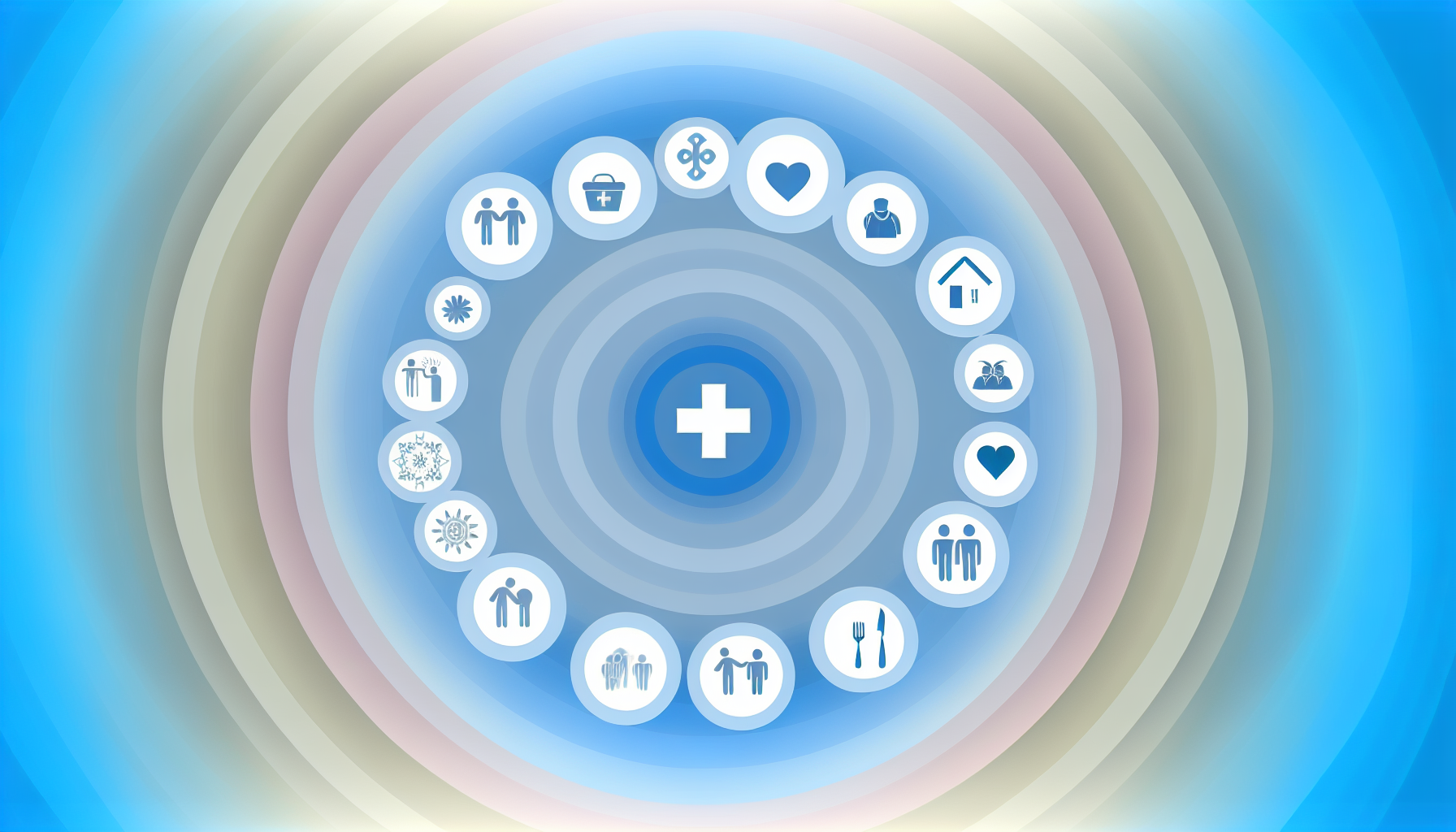 Back to
blogs
Back to
blogs

Discover what services assisted living provides - from meals to medical care.
Explore the common services offered in assisted living communities.
Assisted living services encompass a wide array of support and amenities designed for older adults who value independence but require some assistance with daily tasks. As more families look for supportive, community-focused solutions for loved ones, understanding the full range of assisted living services is crucial for making informed care decisions. This guide outlines the essential offerings of assisted living communities and explains how these services can enhance quality of life.
Assisted living services are designed to help residents lead an active life while receiving support in areas where they may have difficulties. The following are commonly included in most assisted living communities:
| Pros | Cons | |
|---|---|---|
| Assisted Living | - Promotes independence with necessary support - Robust social engagement and activities - Meals, housekeeping, and care included - Safer environment with staff on-call | - Not suitable for those with complex medical needs - Costs may not be covered by Medicare/Medicaid - Adjusting to communal living can be difficult for some |
| Home Care | - Remain in familiar surroundings - Flexible care plans that adapt to needs | - Limited socialization or planned activities - Can become expensive with increased care needs - Home may require modifications for accessibility |
| Feature | What Services Are Included in Assisted Living? | Alternative: In-Home Care |
|---|---|---|
| Monthly Cost | $4,500 (national median, 2024)* | $5,000+ (full-time, with increased needs) |
| Care Level | Moderate assistance with ADLs, medication, meals, social activities | 1:1 support; may lack structured activities and socialization |
| Staff Availability | 24/7 on-site | Scheduled hours only/unavailable overnight unless live-in |
| Social Opportunities | Daily organized events and communal dining | Dependent on family/friends or outside programs |
*Source: Genworth Cost of Care Survey 2024. Prices vary by state and level of care.
Some communities operate on an à-la-carte pricing model, while others bundle all main services in a tiered package. Discuss pricing and included services in detail with each prospective assisted living provider.
Q: What is assisted living services?
A: Assisted living services include a combination of housing, personalized care, and support services for seniors who need help with everyday tasks but do not require the intensive medical care of a nursing home. These services typically cover personal care, medication management, meals, housekeeping, transportation, and wellness activities.
Q: How does it compare to alternatives?
A: Compared to in-home care or independent living, assisted living offers more comprehensive support, round-the-clock staffing, robust social opportunities, and access to on-site healthcare coordination. Unlike nursing homes, assisted living is not designed for those needing daily medical attention.
Q: What are the typical costs?
A: As of 2024, the median monthly cost for assisted living is approximately $4,500, though costs vary widely by region and level of care required. Optional services or higher care needs may increase expenses.
Q: Is this option right for families?
A: Assisted living is ideal for seniors who desire some assistance but value independence, and for families seeking peace of mind from professional care, safety measures, and socialization for their loved ones.
Q: Are any services covered by insurance?
A: Most assisted living services are private pay. Long-term care insurance or veterans’ benefits may help cover some costs. Medicare does not cover room and board or non-medical care in assisted living, but may cover certain health services if delivered in the community.
Understanding what services are included in assisted living plays a critical role in making the best decisions for yourself or your loved one. The range of assisted living services—from personal care to wellness opportunities—ensures a supportive, engaging, and safe environment. Explore our expert resources for more in-depth guidance, or visit the National Institute on Aging for detailed government insights and support.
Assisted living services refer to a comprehensive suite of housing, personal care, and support facilities aimed at seniors who need help with some daily tasks but do not need ongoing skilled nursing care. Services typically include meals, bathing, dressing, medication management, housekeeping, and access to recreational and wellness activities.
Yes, the majority of assisted living communities provide daily meal services, regular housekeeping, and laundry as part of their standard offering. Specific details may vary by provider.
Assisted living communities primarily offer non-medical support. They coordinate healthcare by assisting with medication, arranging visits with outside healthcare professionals, and providing transportation to medical appointments. For more intensive or ongoing medical care, a nursing home or skilled nursing facility may be needed.
Services typically not included are ongoing medical care, specialized memory care (unless in a dedicated unit), spa/salon treatments, certain incontinence supplies, and private transportation beyond what is scheduled. Always verify what is covered in your contract.
Traditional health insurance and Medicare generally do not pay for assisted living room, board, or routine care. Some long-term care insurance policies and veterans’ programs can help offset certain expenses.